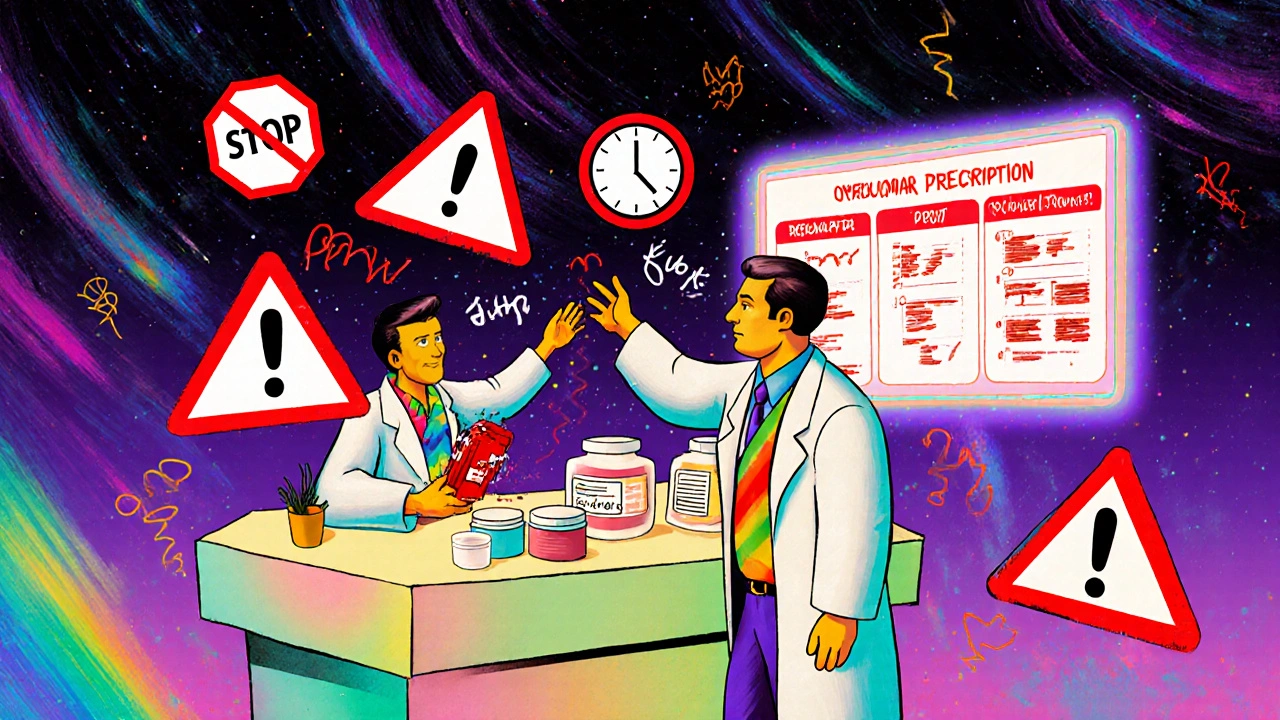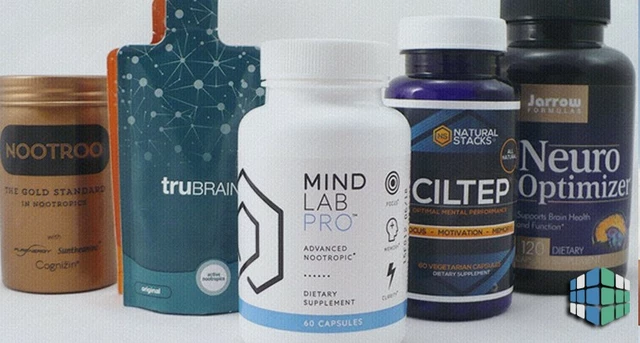Duplicate Therapy: Avoid Dangerous Drug Overlaps and Side Effects
When you’re on duplicate therapy, taking two or more drugs with the same or very similar effects. Also known as therapeutic duplication, it’s not just a mistake—it’s a silent risk that can land you in the hospital. Think of it like turning up two heaters in the same room: you don’t get twice as warm, you just burn out the system. This happens more often than you think—especially when you see different doctors, refill prescriptions at different pharmacies, or mix prescription drugs with herbal supplements like St. John’s Wort or ginkgo biloba.
Duplicate therapy isn’t always obvious. One doctor prescribes ibuprofen for pain, another prescribes naproxen for arthritis. Both are NSAIDs. Both strain your kidneys and stomach. Or you take Claritin for allergies, then add another antihistamine like diphenhydramine because you’re still itchy. Same class. Same risk: drowsiness, dry mouth, confusion. Even something as simple as taking two different statins at once—say, simvastatin and atorvastatin—can spike your chance of muscle damage. The FDA’s MedWatch system gets reports like this every day. People don’t realize they’re doubling down on risk because they trust each pill on its own.
It’s not just about pills. Supplements can sneak in as hidden duplicates. If you’re on daclatasvir for hepatitis C, mixing it with certain herbs can mess with how your liver processes the drug. Or take domperidone—used for nausea in humans and animals—and accidentally combine it with another prokinetic. The effects stack. Side effects multiply. That’s why pharmacogenomics testing for genes like SLCO1B1 matters: some people are genetically wired to react badly to certain drugs, and adding another similar one? That’s when things go wrong fast.
You’re not alone if you’ve been caught in this trap. Many patients juggle multiple conditions—high blood pressure, diabetes, arthritis, anxiety—and each specialist focuses on their piece. No one’s looking at the whole picture. But you can be. Start by making a list: every pill, patch, capsule, and herbal drop you take. Then ask: do any of these do the same thing? Are they from the same drug class? Is one a brand name and another a generic? That’s how duplicate therapy hides.
Some of the posts below show exactly how this plays out: comparing Atarax with other anxiety meds, Trim Z with weight loss pills, or Bactrim with other antibiotics. They all help you spot overlaps before they hurt you. You’ll see how carbimazole, allopurinol, and desmopressin each have clear alternatives—and why mixing them with similar drugs is a bad idea. This isn’t about avoiding treatment. It’s about getting the right treatment, without doubling the danger.
How to Prevent Early Refills and Duplicate Therapy Mistakes in Pharmacy Practice
Learn how to stop early refills and duplicate therapy mistakes in pharmacy practice using evidence-based protocols, EHR tools, and staff training to improve patient safety and reduce medication errors.






